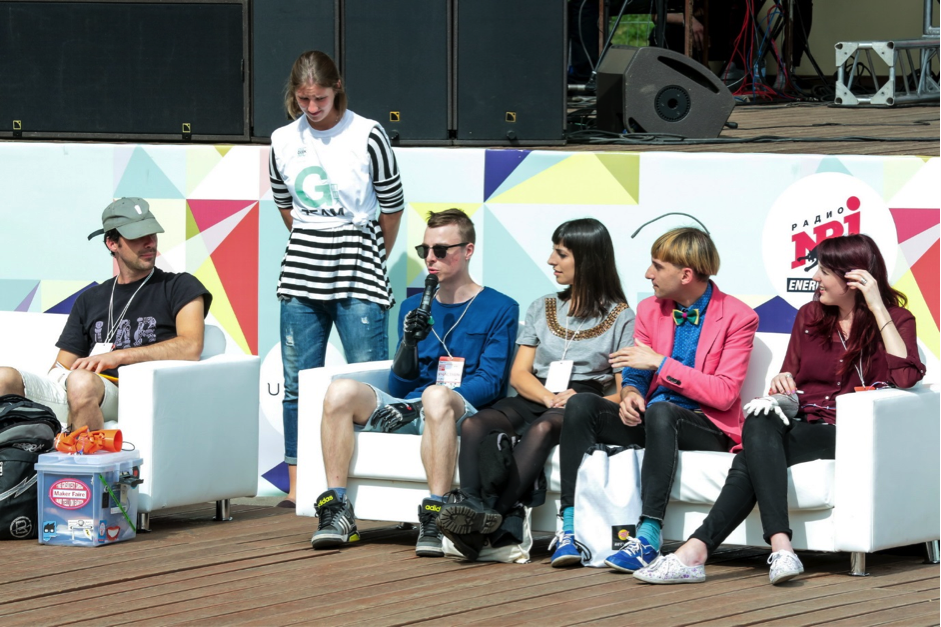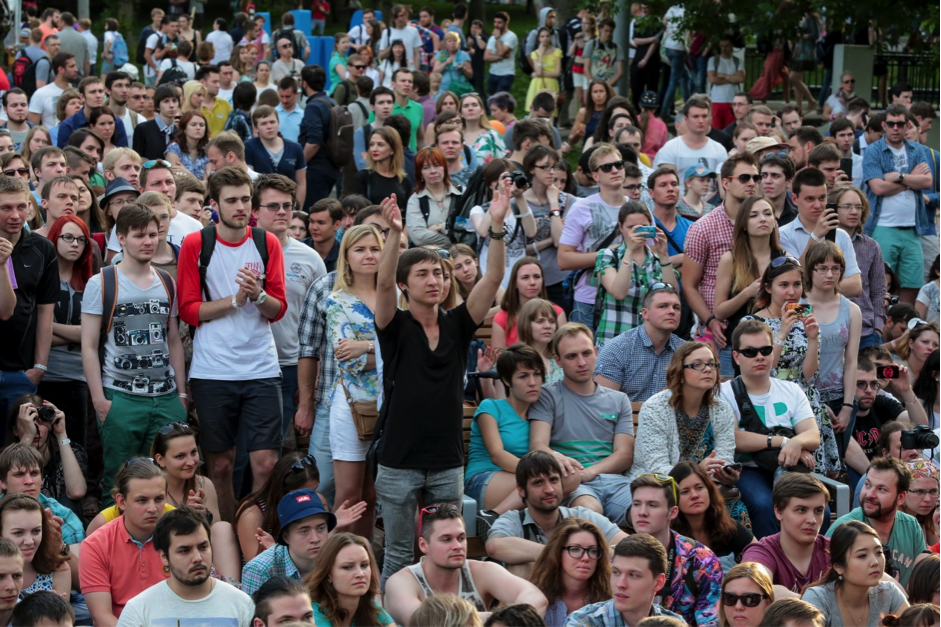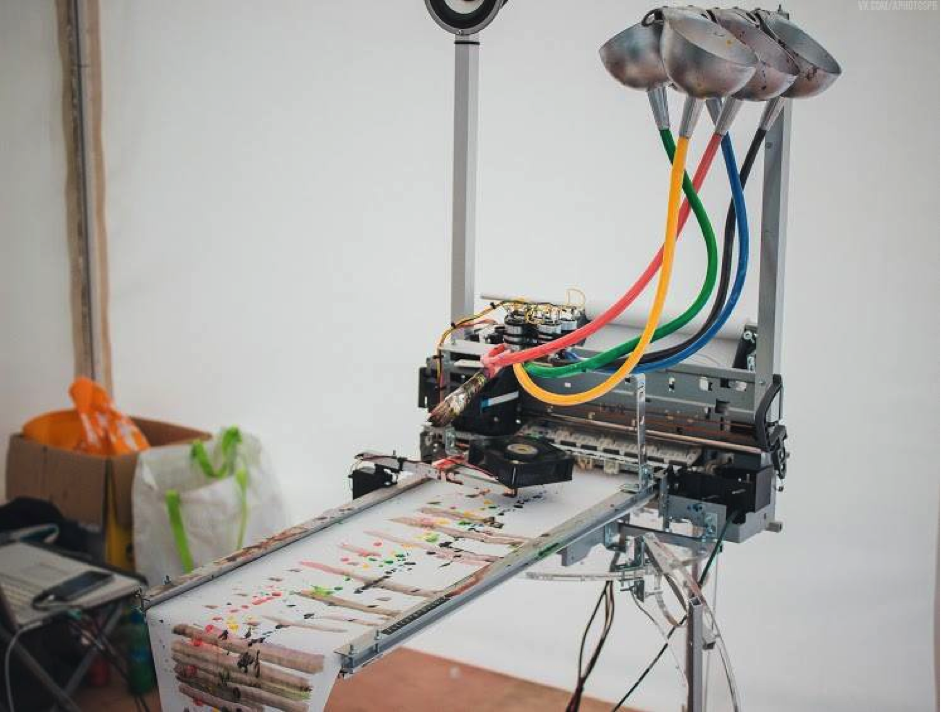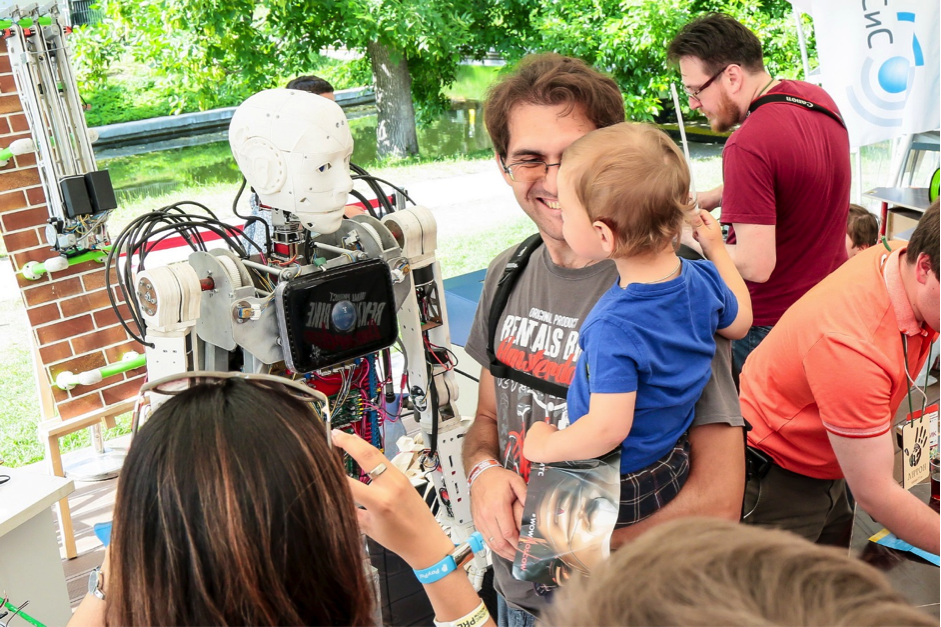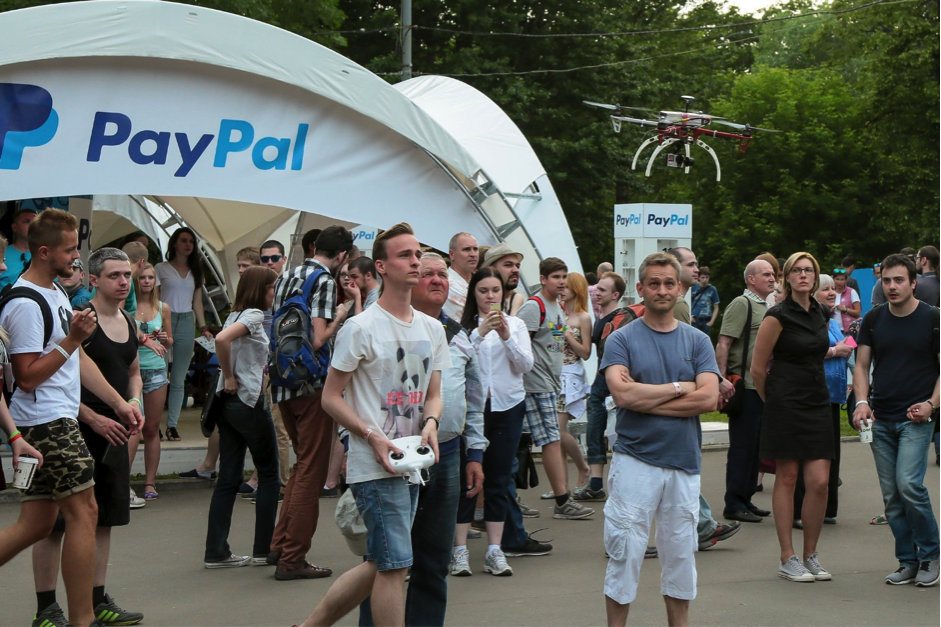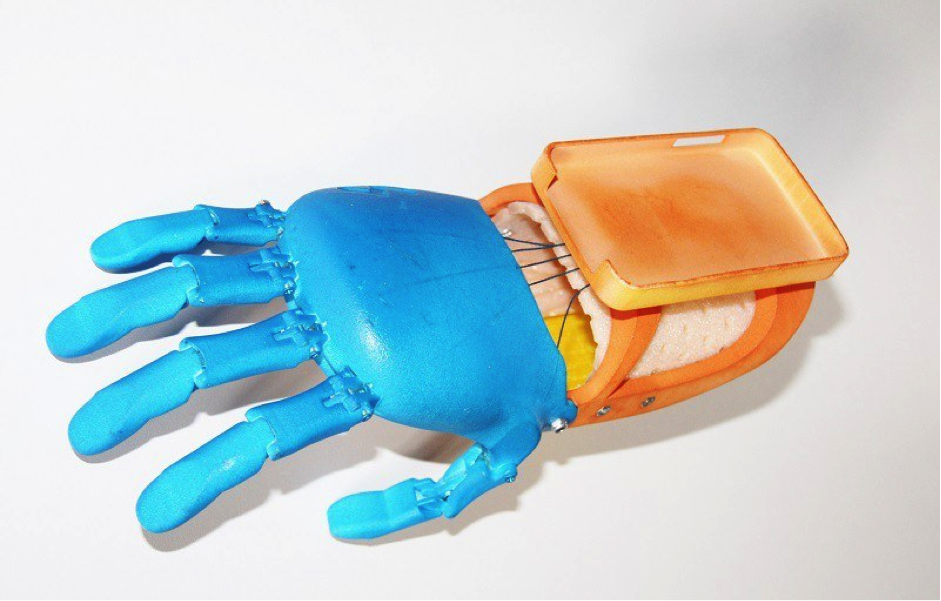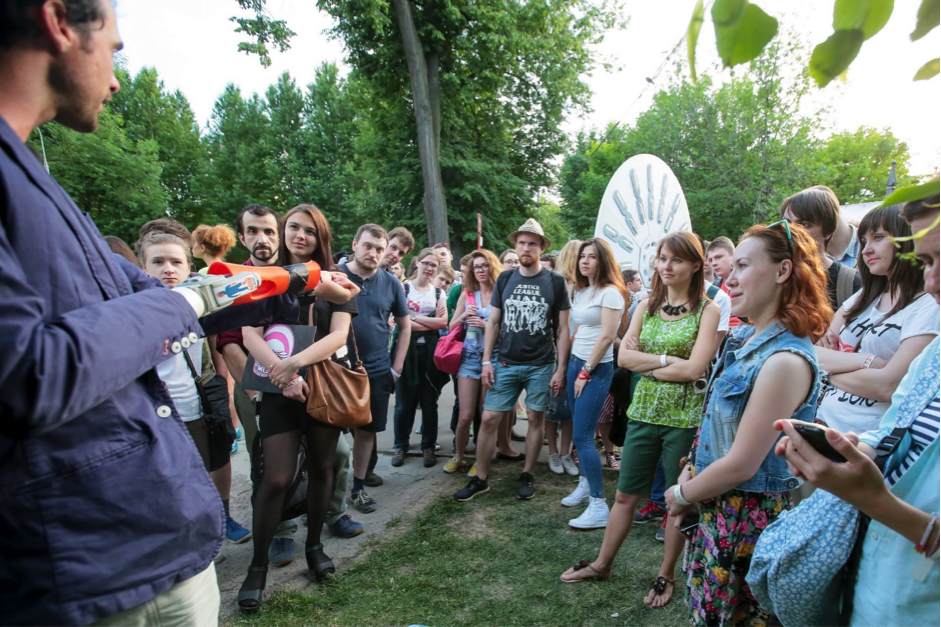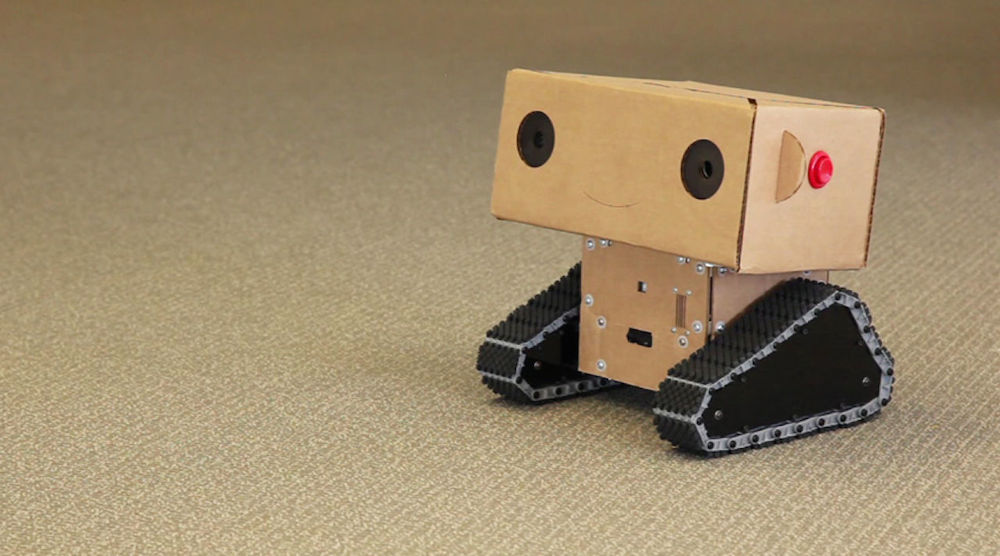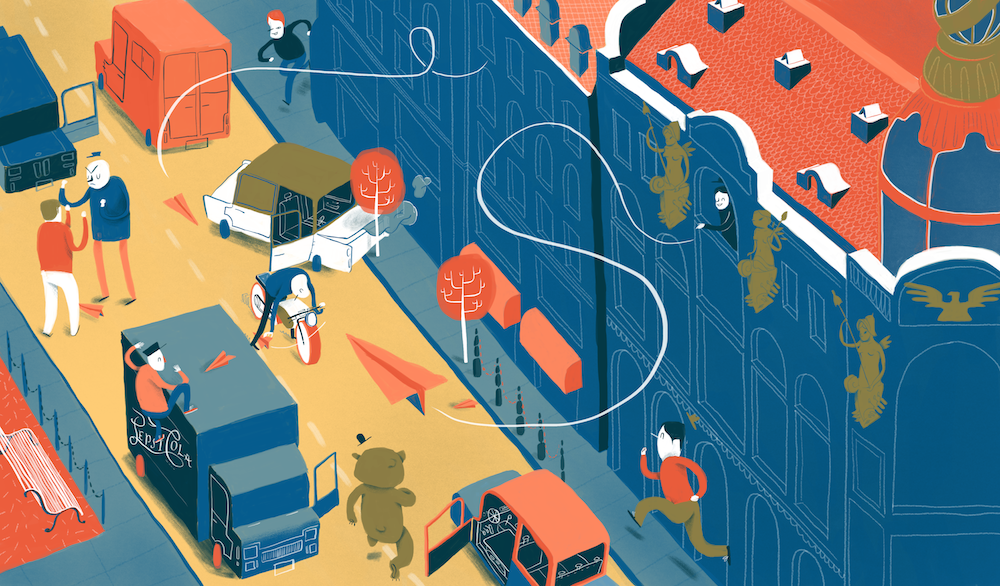Russia tomorrow: why the future is bright, compassionate and prosthetically enhanced
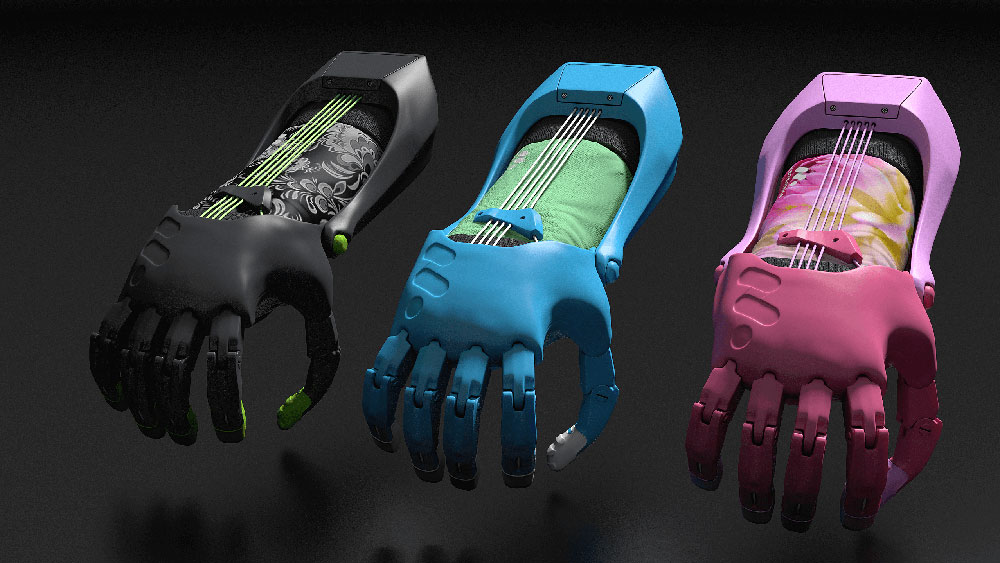
Despite the gloomy outlooks currently prevailing in Russia, a growing community of enthusiasts is envisioning an optimistic, technologically enabled future like their avant-garde forebears did a century ago. Tom Clark went to the Geek Picnic festival to meet them
Russia loves anniversaries. This year is the 70th anniversary of victory in the Second World War, the 80th anniversary of the Moscow Metro, and the centenary of that near-apocryphal episode of art history, when Kazimir Malevich first exhibited his Black Square. The Polish-born Suprematist boldly hung his polygon high in the furthermost corner of the gallery, the position occupied by an icon in a traditional Russian home. Truth, it contended, would no longer lie behind the icon or symbol, but out in the open and apprehendable through art — through colour, abstracted shape and, especially, movement.
The Suprematists were one of several artistic groups, now known as the Russian avant-garde, who were exhilarated by the unprecedented momentum of the times: the revolution and the machine age were here, society was casting off its shackles and rushing forward into the dynamism, experimentation, formal innovation and — so they hoped — social justice of the future. They prophesied new languages, verbal and visual; new, machine-like conceptions of the body; new clothes for that body; new living space to ennoble the workers of the new order, and so on. The different groups (Suprematists, Futurists, Constructivists, etc.) had distinct theories, but were united by their goals to create new meaning, to make art central to the new order, and, aligned with the Bolsheviks, to build a more humanistic future than the one promised by European industrialisation.
Under Electric Clouds (2015)” src=”https://www.new-east-archive.org/images/uploads/articles/01-15/5_new_films/UnderElec1_2.jpg” style=“width: 1000px; height: 562px;” />
Recently, however, I attended an independent science, technology and art festival which exuded completely the opposite feeling. This summer, the St Petersburg-born Geek Picnic visited Moscow for the first time, attracting 22,000 people to Krasnaya Presnya Park over two days. While the St Petersburg audience, in the words of founder Nikolai Gorely “are younger and more of an intelligentsia lot”, the Moscow event was humming with a broader, more intrigued crowd, including many young families.
The festival was far from geeky science-fiction. The theme, “man-machine”, and the main event, a conference about “cyborgisation”, felt appropriate in this centenary year, returning to the avant-garde’s preoccupation with the next stage of humanity.
“Voluntarily augmenting one’s capacities with implants is not well developed here,” mused Gorely, “but for Russia, [the public discussion] in itself is a revolution”. The electricity in the crowd was palpable. “In the States I’ve never had such an engaged audience”, Rich Lee, a “biohacker” (DIY cyborg) told me afterwards. “What’s a cyborg, really?” began another speaker. “I’m a cyborg” someone piped up, “I use a mobile phone!” Ideas came flying in. Such excitement suggests that demand for live discussion and exploration of future frontiers among ordinary Russians outstrips supply – whether that supply is from the mainstream media, or the school syllabus. I am positive there will be even more people at next year’s event.
Many Russian cities have a thriving DIY culture. Online popular science abounds, many teach themselves computer programming, and, in spite of the crisis, the Moscow calendar is stuffed with openings, masterclasses, lectures, and societies. My Muscovite contemporaries orient their social lives more around shared interests, hobbies and enthusiasms than my London circles (and less around drinking). Geek Picnic, where such interests could surface and connect, exemplified this.
The popularity of the art section hinted that people’s interest lies not only in technological possibilities, but extends to making sense of ourselves in the new age. Geek-artist Dmitry Morozov’s tampered-with machines made unpredictably distorted, low-resolution images of visitors. “Man-Mushroom”, a lecture by Daria Parkhomenko about artists’ hi-tech attempts to “flow together” with nature, challenged an anthropocentric understanding of “man-machine”. Parkhomenko is the founder of Moscow’s Laboratoria Art & Science Space, a project which arranges collaborations between scientists and artists and which, like Geek Picnic, is an exuberant contemplation of our future selves. In 2016 Laboratoria will host a large-scale installation dedicated to the theoretical possibility of creating an artificial sun as a new source of energy. The exhibition will involve scientists from CERN and across the world. “It’s about a future and a utopia where science is at the top of the pyramid, not politics and economics” said Parkhomenko. “It’s about a super-humanistic society.”
The empathetic aspect of Geek Picnic surprised me most of all. Upon arrival, I found crowds of visitors thronging around the stars of the show – speakers with bionic limbs. This reception and the ensuing debate were a rare and positive thing for a country where only 5% of disabled people have work, compared with 40% in Europe. The Paralympic swimmer and Moscow 24 television presenter Dmitrii Ignatov discussed attitudes to disability in Russia, where road crossings so often require descending steps and younger generations have grown up without the post-war experience of ubiquitous missing limbs. “General compassion is improving slowly in the big cities,” Ignatov said. “Elsewhere, it’s bad.” He recounted pitching a TV programme about the rehabilitation of disabled people. “Nobody’s going to watch that,” responded his producers flatly.
Konstantin Deblikov, a hip, young journalist from Voronezh with two prosthetic hands, spoke to a full house about the history and everyday reality of prosthetics: “I can do about 90% of what I could before,” he said. “But the technology hasn’t leaped forward enough for me to play guitar, for example.” Deblikov was lucky to retain his elbows. Losing your elbows or knees is much harder, especially if you have little money and live in Russia, where the state rehabilitation quota for an individual is around 180,000 roubles (US$2,744) (Voronezh figure). “There’s only one bio-electronic prosthesis you can buy for that amount,” explained Deblikov. “It’s a Russian one, it was created in the 90s, and it makes you want to abandon the idea of having one at all.” Fortunately, though, Russia boasts some world-leading companies in this area. Next year, Motorica will release a prosthetic arm with 3-D printed elements for 200,000 roubles (US$3,050). The Russian techno-future, it seems, will be a compassionate one.
I asked Gorely for his vision of the future: “We see that the barriers to entry for technological spheres are constantly lowering,” he said. “Open-source technologies are opening up limitless possibilities for realising even the boldest ideas. Everyone is different, but we believe a time will come when everyone […] can create, without descending into the humdrum of everyday routine.” In the year that the likes of Malevich and Melnikov, Rodchenko and Stepanova return to the spotlight, many Russians today also want to embrace the future and their future selves. They want to be exposed to experiment; most of all, they want to participate. It seems that the spirit of the Russian avant-garde is in the air again.
